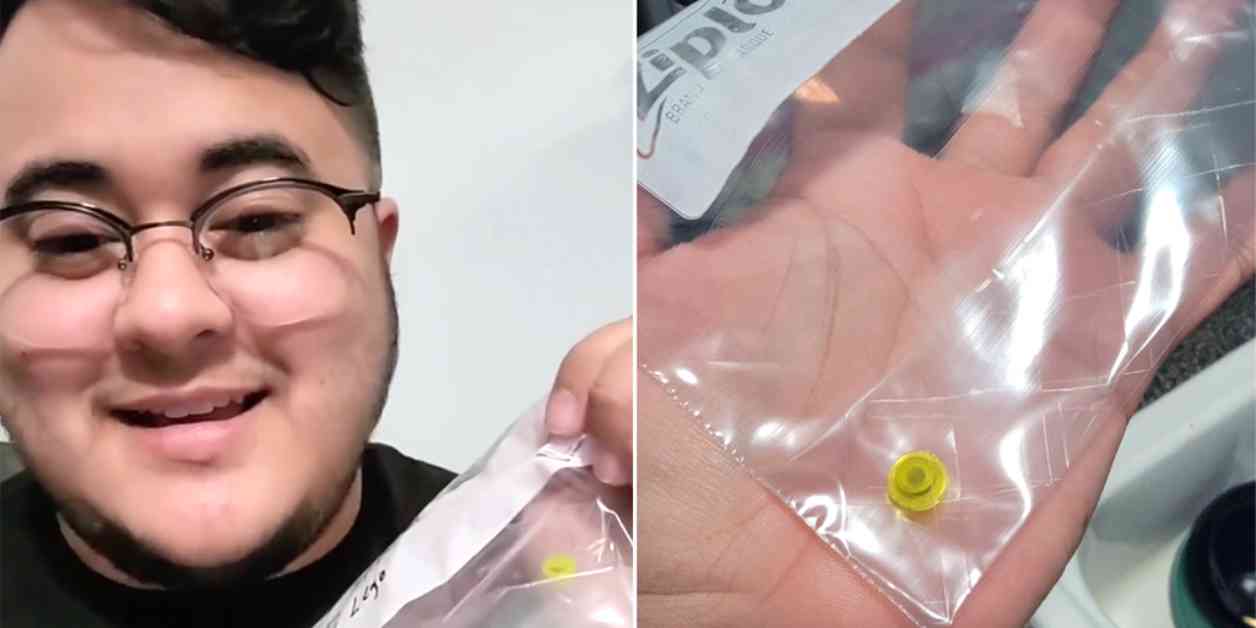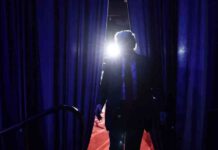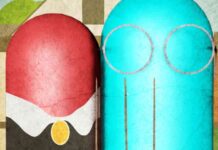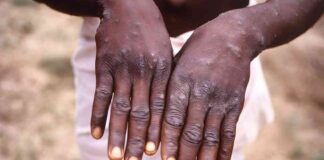An Arizona man recently made headlines after finally removing a Lego piece from his nose that had been stuck there for nearly 30 years. Ben Havoc took to Instagram to share his surprising discovery, explaining how a small Lego dot from the 1990s was dislodged during a routine nose blow.
The Incident: A Childhood Mishap
Havoc recounted the incident, revealing that when he was about 6 years old, he had inserted a tiny circular Lego piece up his nose. Reflecting on his childhood antics, he laughed and admitted, “I don’t know why I did that. I was one of those children.” Little did he know that this innocent act would lead to years of discomfort and health issues.
The Rescue Mission: Unveiling the Lego
As the years passed, Havoc struggled with health problems like asthma and sleep apnea, unaware that the root cause of his issues lay hidden in his nasal passage. After recognizing that the Lego piece was too small for him to retrieve on his own, Havoc decided to enlist the help of a “little Lego man” to go on a rescue mission.
Unfortunately, the Lego man’s head popped off inside Havoc’s nose, adding another obstacle to the already tricky situation. With the Lego dot and head stuck in his nasal cavity, Havoc’s breathing was compromised, leading to further complications in his health.
The Discovery: A Breath of Fresh Air
After years of suffering, Havoc’s persistence paid off. Following his doctor’s advice to blow his nose in the shower to take advantage of the steam and humidity, he finally expelled the Lego dot that had been lodged in his nose for a suspected 26 years. The relief was palpable as he exclaimed, “I can breathe out of this side of my nose now, and it’s fantastic. I haven’t been able to do that since I was a child.”
The Aftermath: Seeking Medical Evaluation
With the Lego piece safely secured in a bag, Havoc plans to bring it to his doctor for further evaluation. The discovery of the long-lost Lego has left him in awe, as he contemplates the impact it may have had on his health all these years. Havoc’s journey serves as a cautionary tale, highlighting the importance of prompt action when foreign objects become lodged in the nose.
Precautions and Recommendations: Handling Nasal Foreign Bodies
Mayo Clinic advises immediate removal of foreign objects from the nose, especially if they pose a potential risk, such as magnets, batteries, or objects that expand when wet. Applying positive pressure by blowing out of the nose while holding the opposite nostril closed can help dislodge the object.
For parents facing a similar situation with their child, Mayo Clinic suggests attempting a “parent’s kiss,” where a short puff of air is blown into the child’s mouth to push the object out. It’s crucial to avoid poking the object with fingers or cotton swabs, as this can lead to swelling, choking, or further displacement of the item.
In cases where the object is visible and easily graspable, tweezers may be used for removal. However, inhaling or washing out the object should be avoided to prevent choking hazards. If there are signs of infection or persistent symptoms, seeking medical assistance is recommended without delay.
Final Thoughts: A Lesson Learned
Ben Havoc’s unexpected encounter with a Lego piece stuck in his nose serves as a reminder of the importance of taking swift action when faced with foreign objects in the nasal cavity. Through perseverance and following medical advice, Havoc was able to breathe freely again after decades of discomfort and health issues.
As he reflects on his journey, Havoc’s experience underscores the significance of seeking professional help and following proper protocols in such situations. His story is a testament to the resilience of the human spirit and the transformative power of finding relief after prolonged suffering.
In conclusion, Havoc’s discovery of the long-lost Lego piece may have been a surprising twist in his life, but it ultimately led to a positive outcome. By sharing his story, he has shed light on the importance of addressing nasal foreign bodies promptly and seeking medical assistance when needed. Let his experience serve as a cautionary tale and a source of inspiration for others facing similar challenges.

















